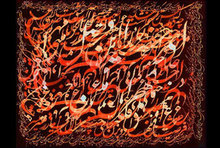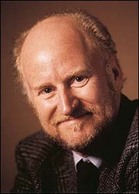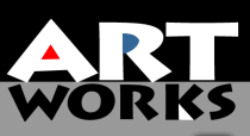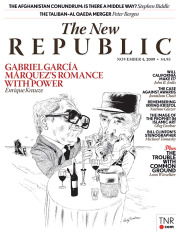Just in case you all want to chat online about art, but don’t have time — per my post on Oct. 19 about the Guggenheim Forum — I went back to the website to see what this iteration, which was about spirituality in art, had yielded. The Forum/chat was triggered by the Kandinsky retrospective now on view, prompted by his belief that art “belongs to the spiritual life.” A transcript of the one-hour chat, which took place on Oct. 22, is posted on the Guggenheim’s website (here).
 This chat, hosted by Krista Tippett, of Speaking of Faith, seemed to be more substantial than the last one, which was on design, but I noticed the same problem — people talking all around an issue and at cross-purposes. It’s the nature of online discussions.
This chat, hosted by Krista Tippett, of Speaking of Faith, seemed to be more substantial than the last one, which was on design, but I noticed the same problem — people talking all around an issue and at cross-purposes. It’s the nature of online discussions.
Here are some interesting quotes drawn from the transcript, but missing the connective tissue (NB: my listing them here does not imply agreement!):
At 2:20: I like this line in Louis’ last post: The artist is a tuning fork for an out of tune and unlyrical society…
2:21: I feel like people are realizing that materialism and attachment to things didn’t bring them meaning or happiness. Art often awakens parts in people that have been dormant for a long time and remind them that there is life right now in them.
2:27: I look at the work of Jeff Koons & some of it really makes me smile… there is something divine going on there.
2:30: a lot of the art with humour in it comes from a place of suffering indeed – whether mental, physical, spiritual, whatever -but ‘drawing in black’ so to speak/type, is quite easy… it’s letting the light in that’s hard.
[Read more…] about Chat Speaks: What Was Said During The Guggenheim Forum Discussion



 Before sitting down to comment on Rocco Landesman’s plan to take a whistle-stop tour of arts places and arts spaces across the U.S., I thought I’d better read the whole
Before sitting down to comment on Rocco Landesman’s plan to take a whistle-stop tour of arts places and arts spaces across the U.S., I thought I’d better read the whole  2) “Art Works” is an excellent slogan for the NEA, especially as he described it as a noun, a verb and a declarative sentence.
2) “Art Works” is an excellent slogan for the NEA, especially as he described it as a noun, a verb and a declarative sentence.  The Book plans to run a review most days, as well as to aggregate book criticism from not-the-usual suspects. It will also contain “classics” — reviews of books drawn from the TNR archives — and other features, like a roundup discussion of books on a particular genre, like thrillers. Some features are yet to be developed.
The Book plans to run a review most days, as well as to aggregate book criticism from not-the-usual suspects. It will also contain “classics” — reviews of books drawn from the TNR archives — and other features, like a roundup discussion of books on a particular genre, like thrillers. Some features are yet to be developed.